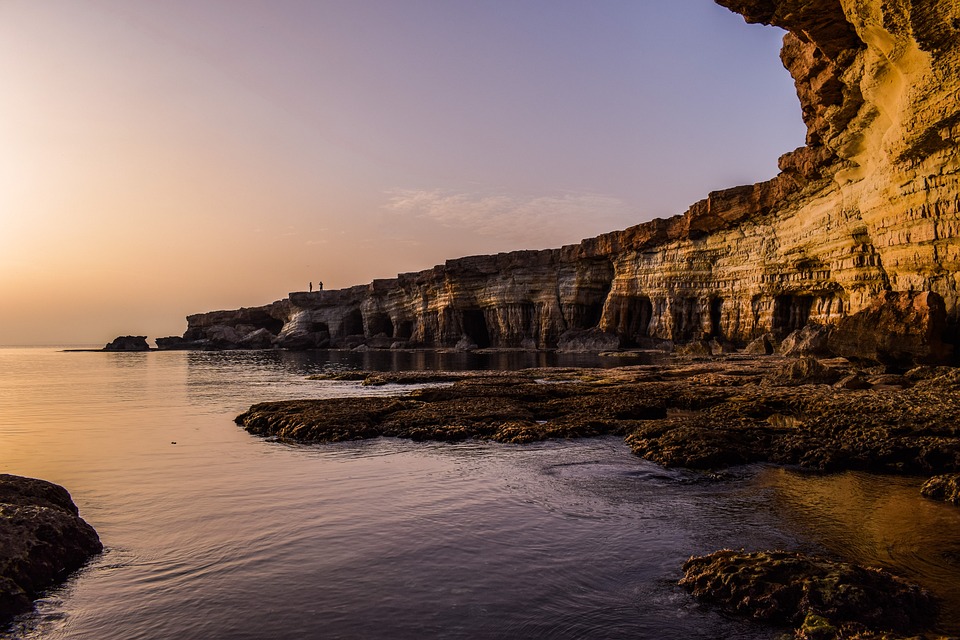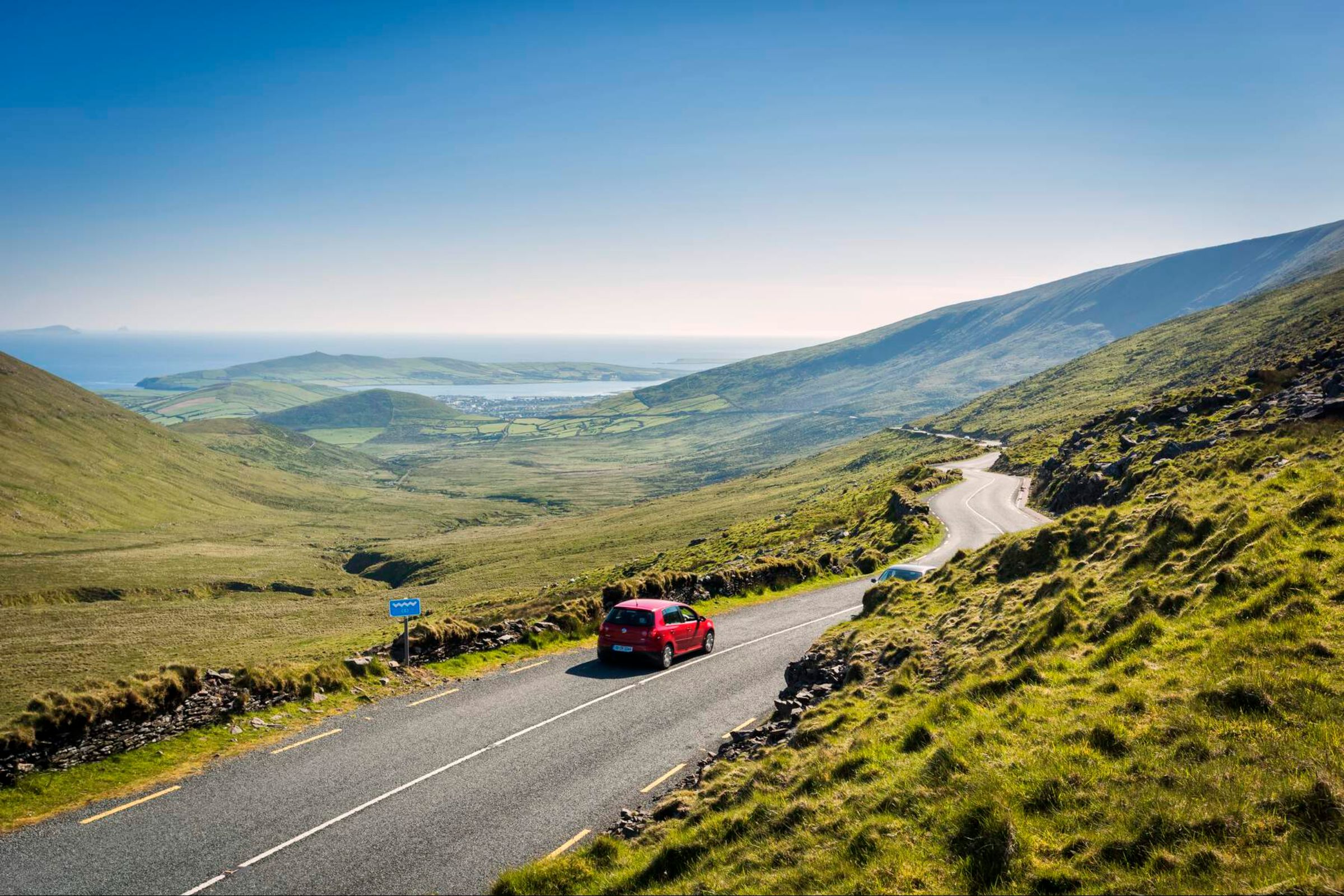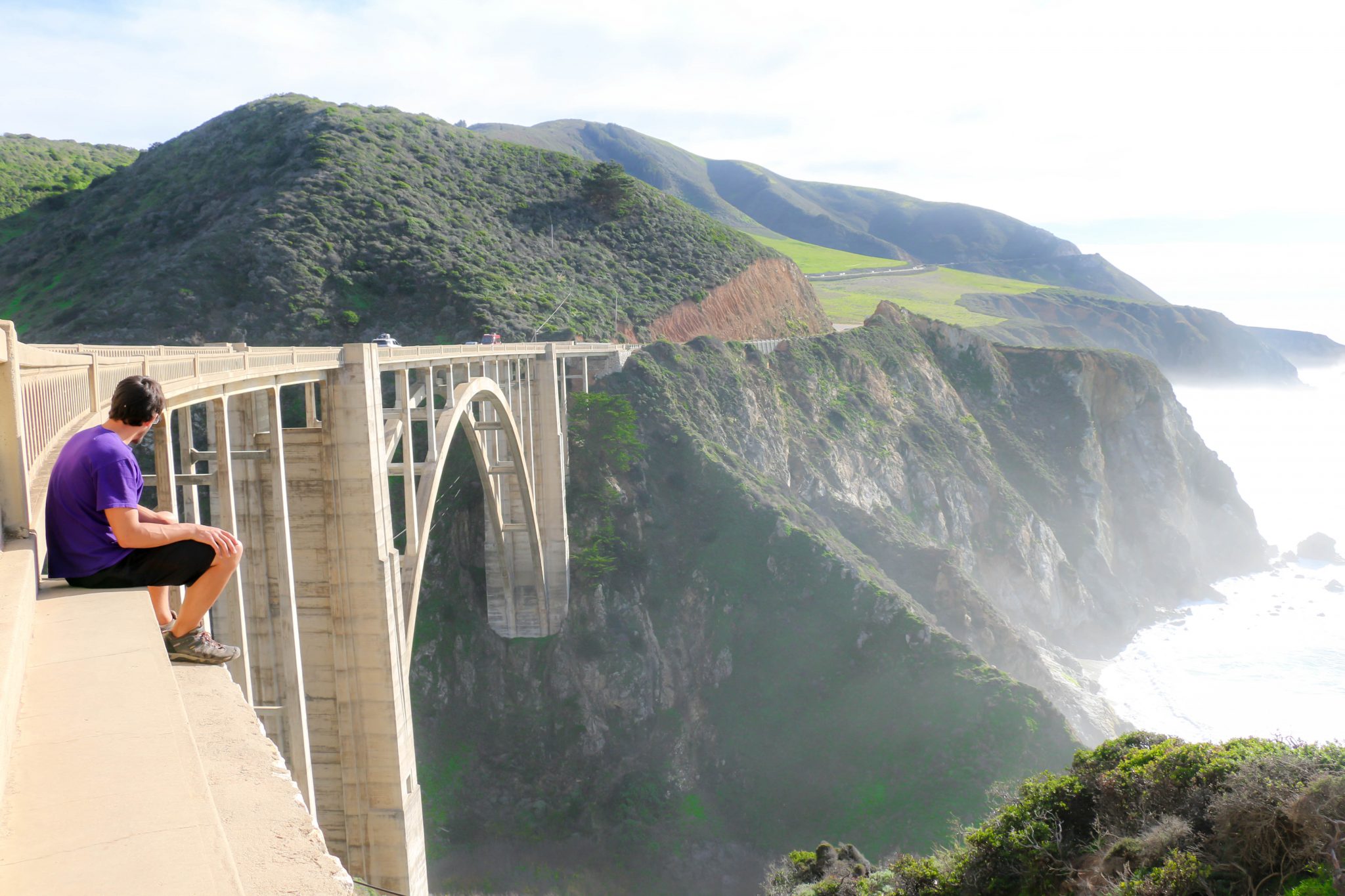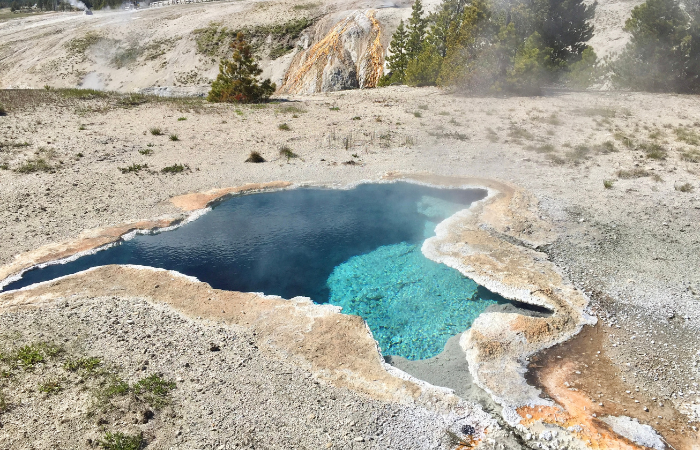Planning Your Camping Trip

Camping should be spontaneous, fun and relaxing. But in order to relax and enjoy that spontaneity, advance planning is a must.
Camping has been a tradition for over 100 years, but back then it wasn’t camping so much as just living in the wild for a while. By the 1940s, camping began to become in earnest a widespread form of vacation. But as the post – WWII economy improved and highway systems developed camping really took off as a relaxing and spontaneous pastime.
Now in the present, with the advent of RVs and the advance of technology camping has became enormously popular. The result? Many campers vie for limited spots during certain weeks of the year at a limited number of campsites.
As more and more camping enthusiest take on the challenge of camping, commercial campsites sprang up to satisfy the need, but there are limits from economic constraints (many campsites don’t make profitable businesses). The number of desirable spots outside National and State parks is limited, too. There’s only so much great scenery around.
So, back to the first thought “Camping should be spontaneous, fun and relaxing”. In order to accomplish this the first step in planning your camping trip is to decide when and where you want to go, then make a reservation. There are hundreds of places online to do that. Two are ReserveUSA (http://www.reserveusa.com) and The National Park Service Reservation Center ([http://reservations.nps.gov]).
Like booking a good cruise, you’ll need to book at least three months ahead and, for the best spots, possibly as much as a year or more. Rooms at the famous Ahwahnee Hotel in Yosemite, often require booking two years in advance. Pretty extraordinary considering that the cheapest room is $350 per night.
Once you have a confirmed reservation you can prepare your packing list. You could throw everything into the RV and take off. But the odds are high you’ll overlook something essential.
You’ll need a well-stocked first aid kit. You should spend time reviewing the list of most common toxic plants for the location you chose and any wildlife warnings for the area. Bears are common in some areas, wild cats in others.
Make a complete list: tents, sleeping bags, clothing, tools, stove, lighting, … that’s appropriate for the place and time of year. That list will be at least one page of four columns full of things even just to hit the basics.
Investigate any road closures, especially if you’re planning a winter camping trip. Floods, rocks slides, snow avalanches, ice and other problems are still fairly common.
As the trip date gets close, check the weather. Most camping areas are in the mountains or away from urban areas. Those areas tend to have less predictable weather with sudden rain squalls, thunderstorms, etc. But, you can get a good idea of what you’re likely to encounter anyway. Pack accordingly.
Plan ahead carefully and you’ll be in a better position to relax and forget about controlling events during your trip.







